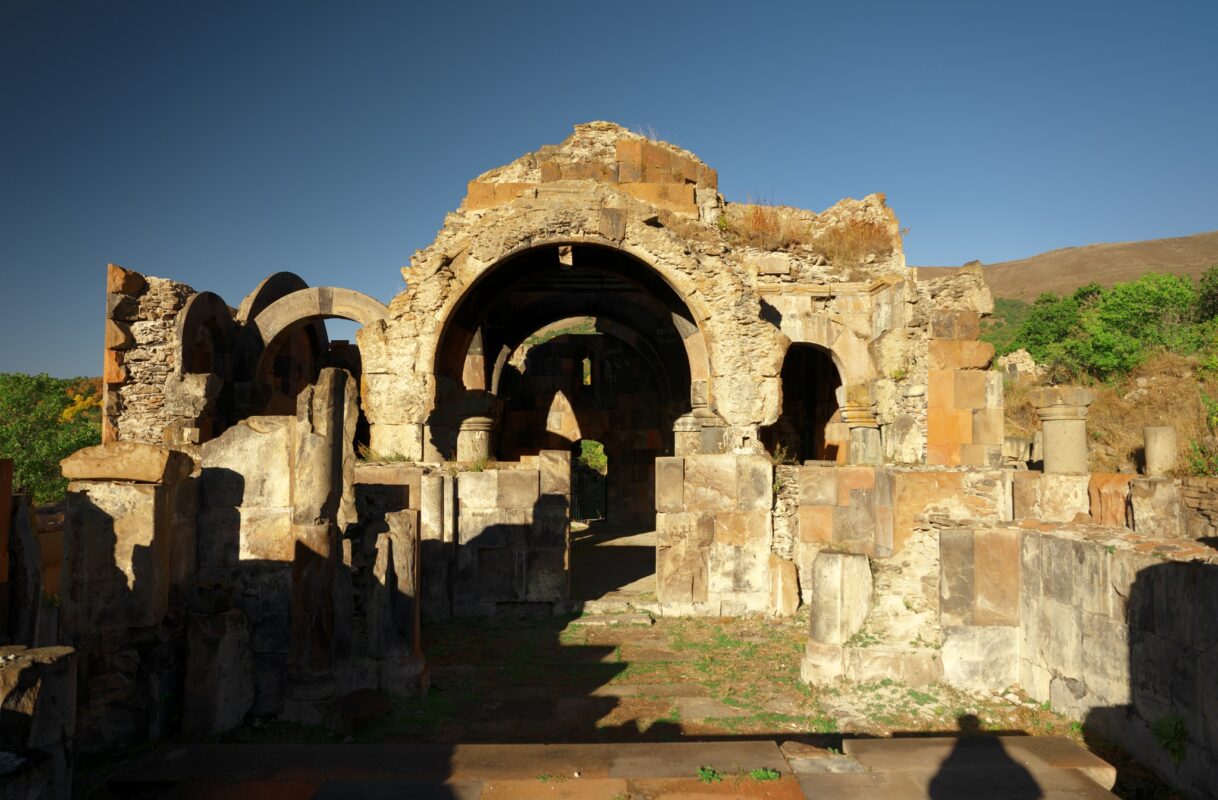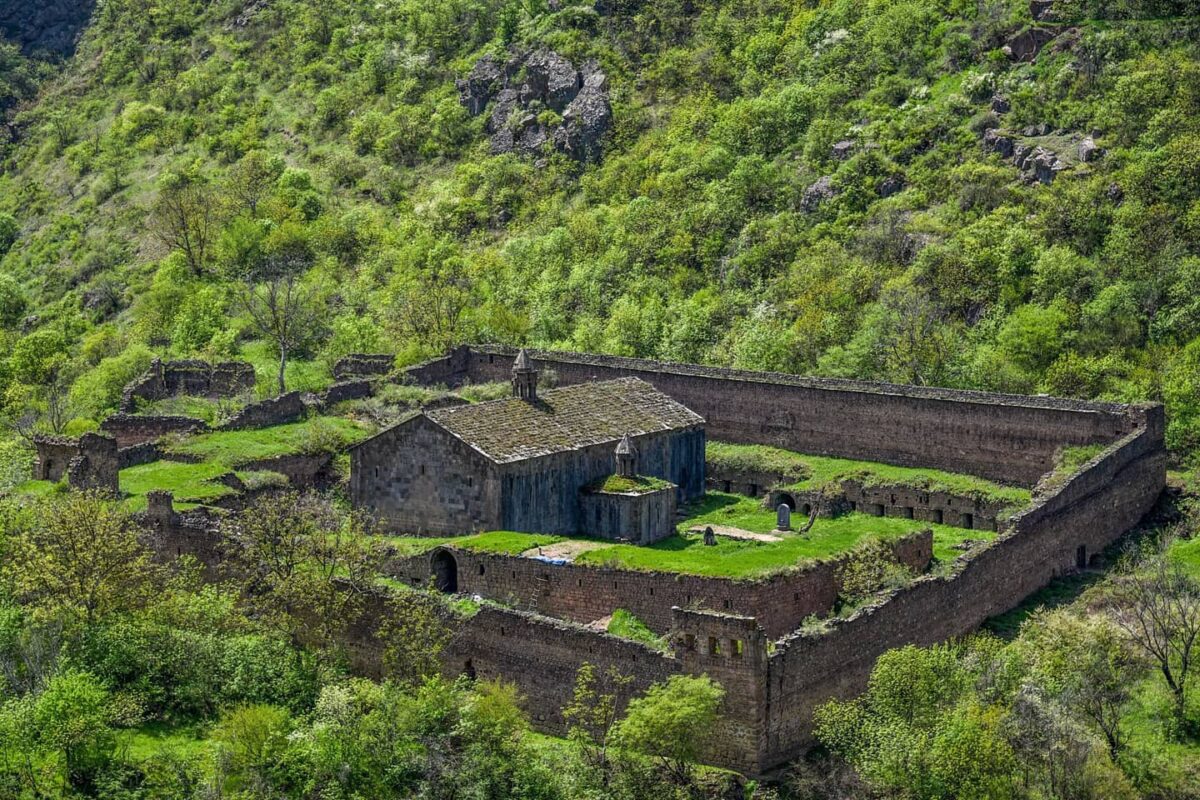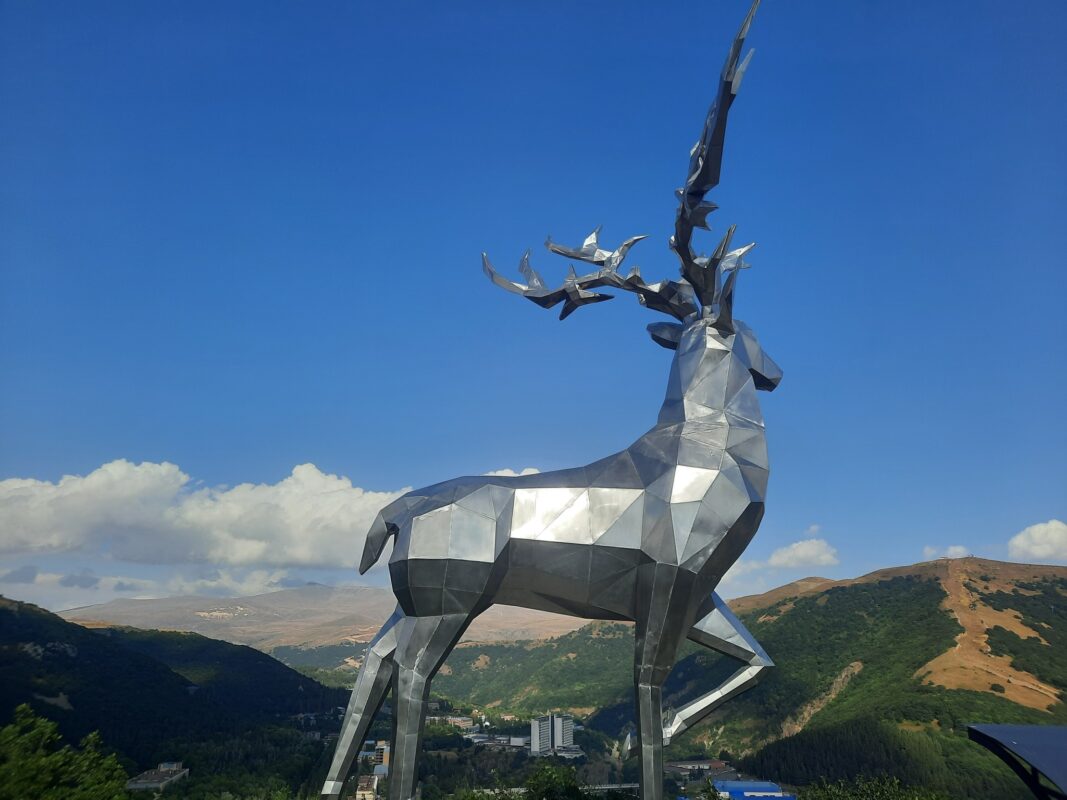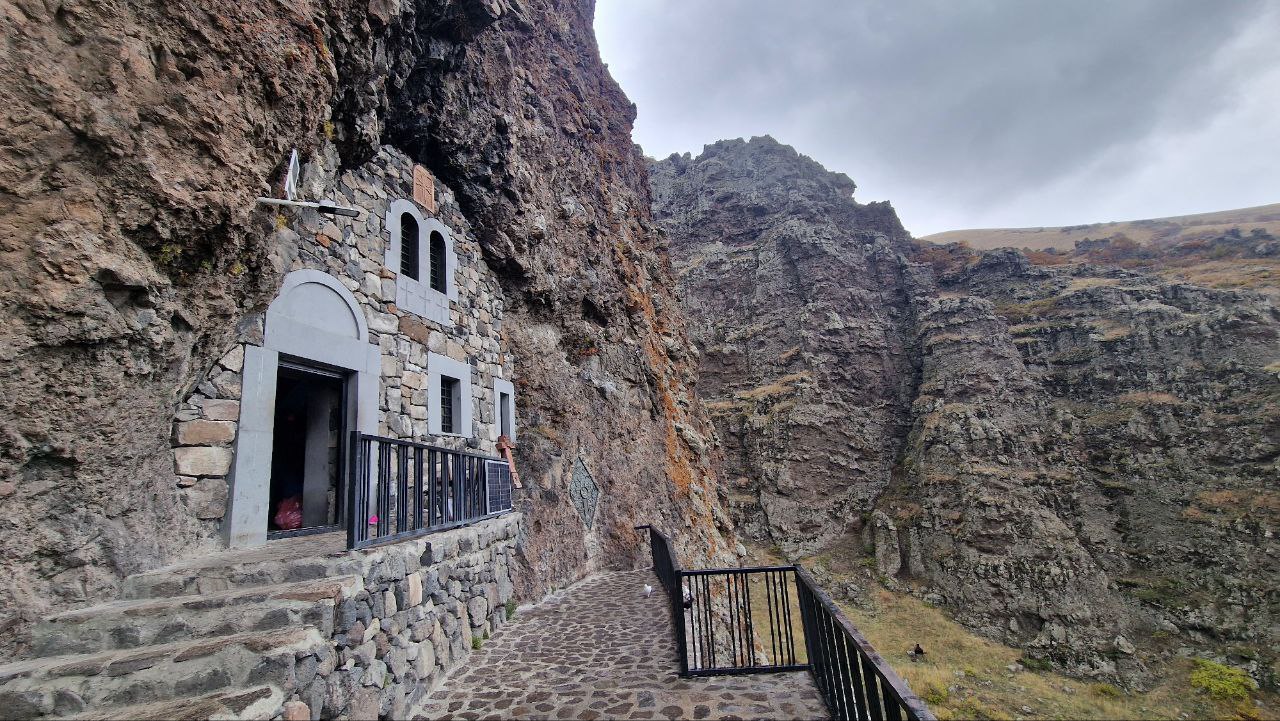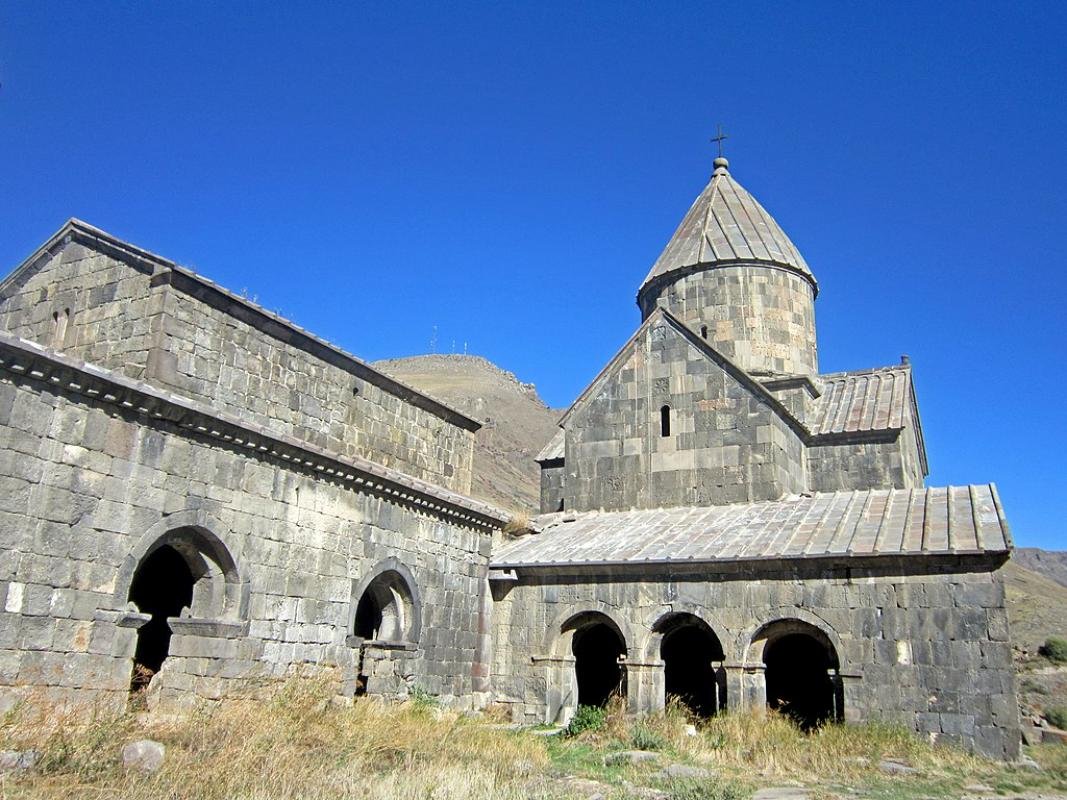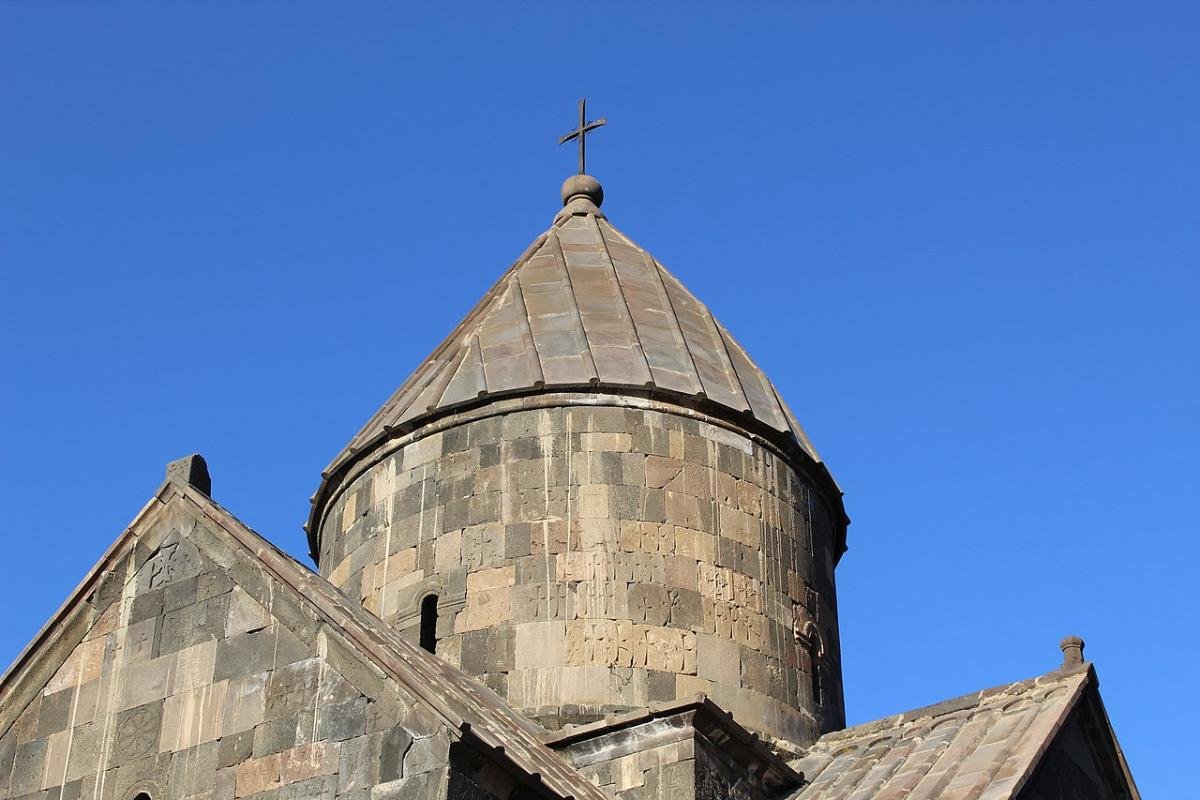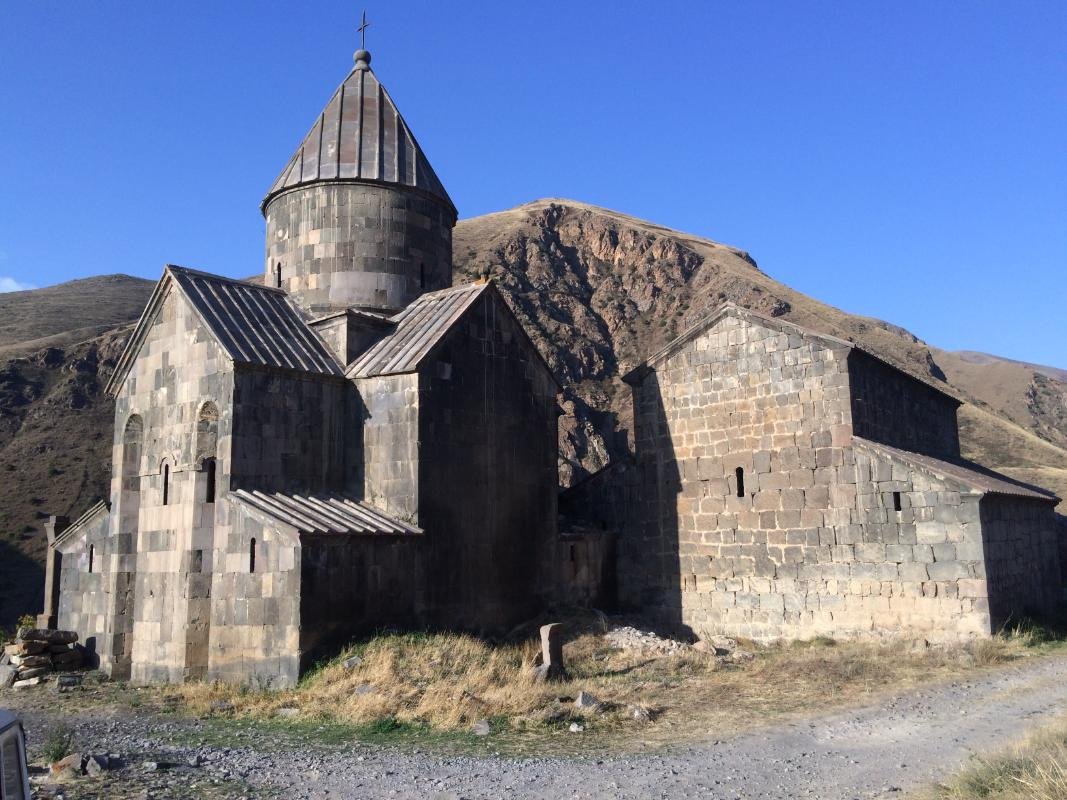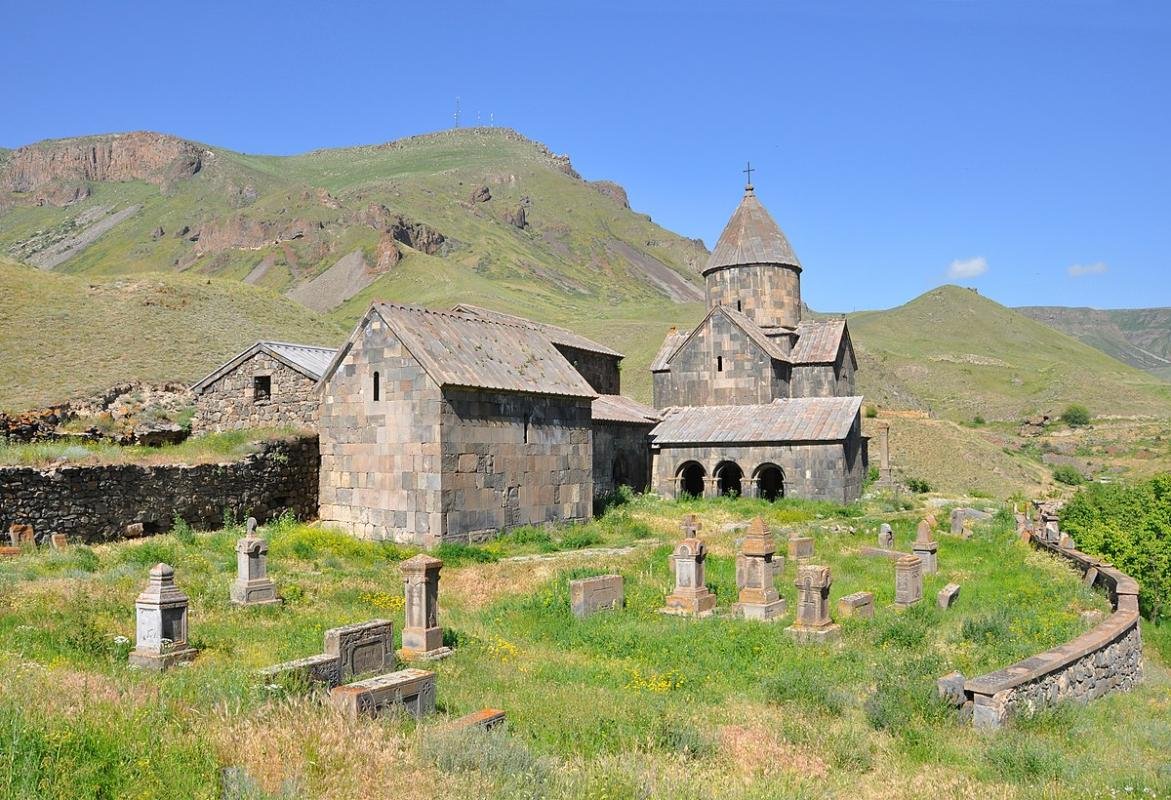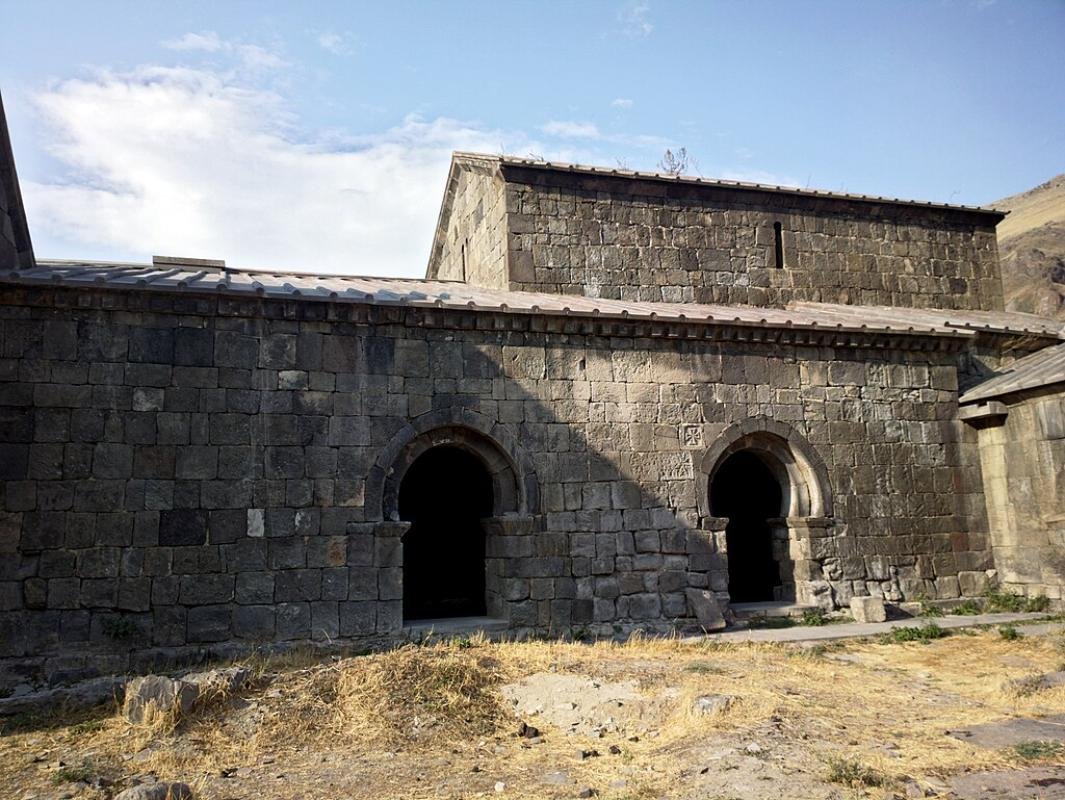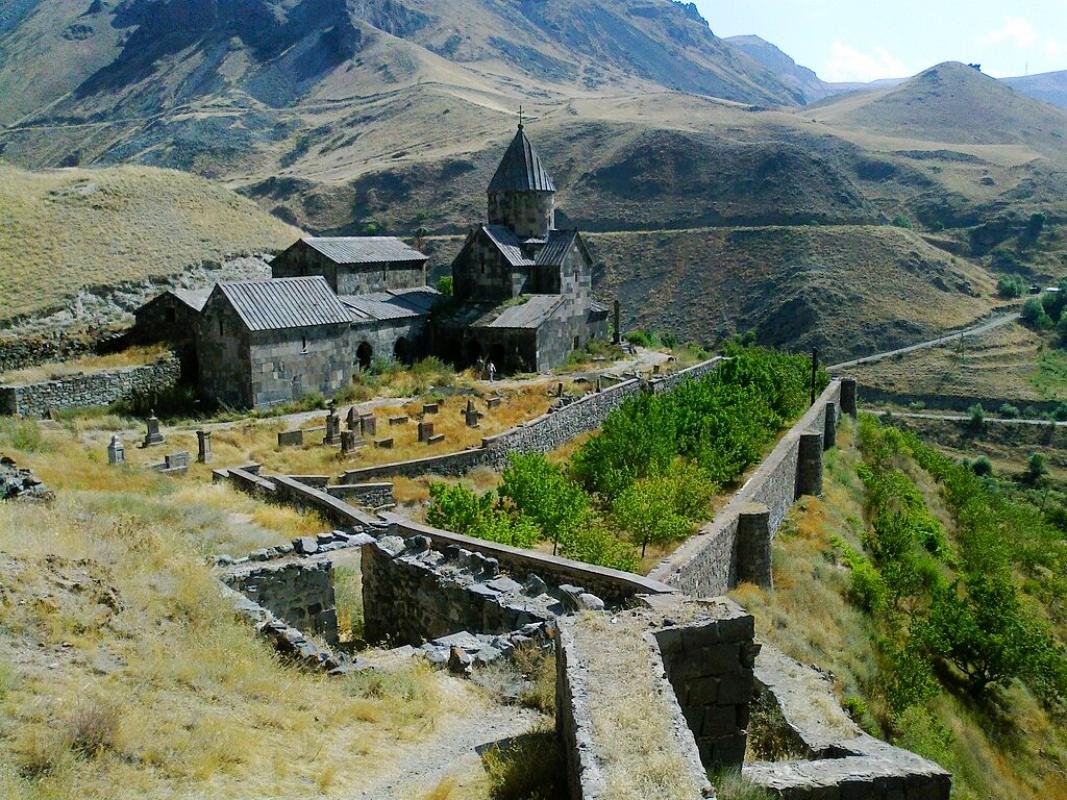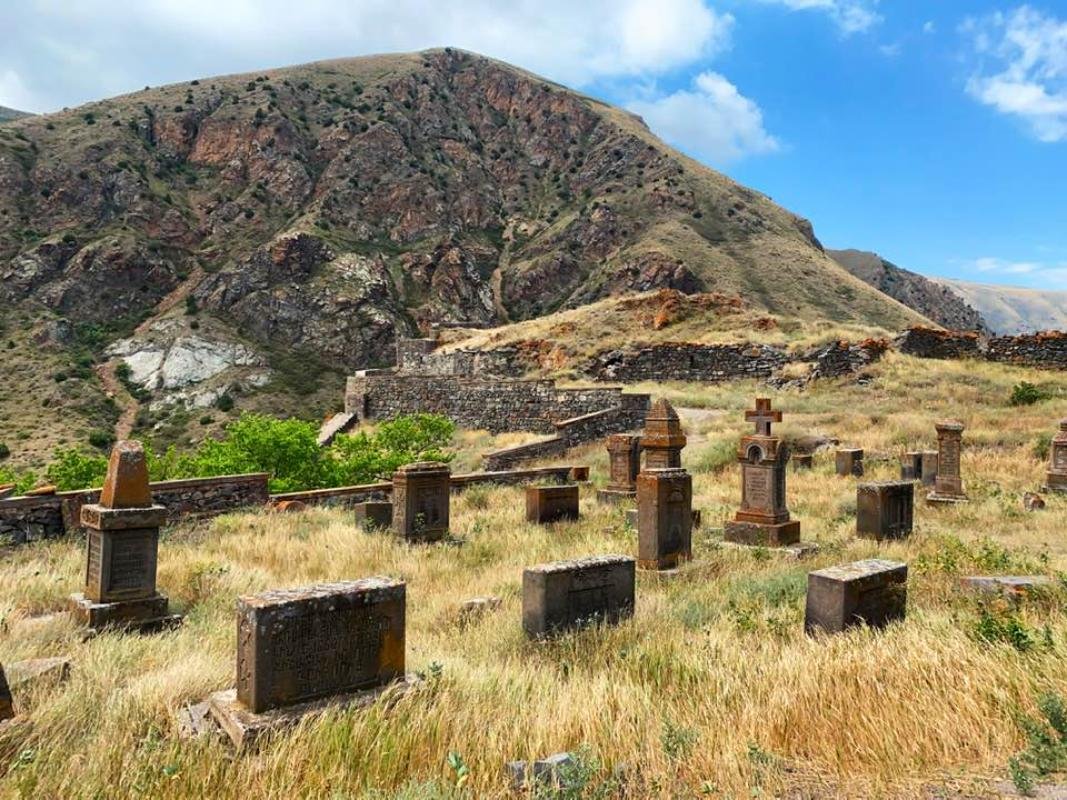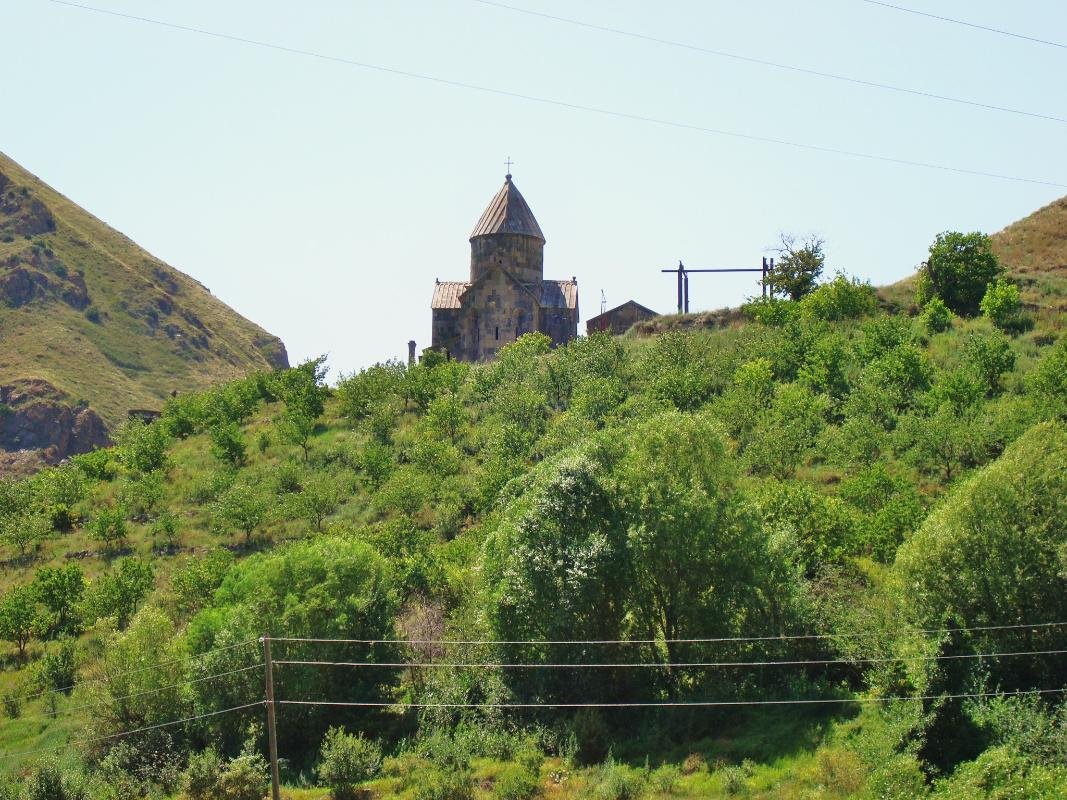Latest Listings
Related Listings
Close To You
Vorotnavank

Monastery
1450 m
Historical
Medium
Location: Located in Syunik Province, between the villages of Vorotan and Vaghatin, in the upper gorge of the Vorotan River, approximately 14 km southeast of the town of Sisian.
Coordinates: 39°30′13″ N, 46°17′34″ E
Period: 10th-11th centuries
Other Names: Monastery of Vorotn, Monastery of Shahandukht
Accessibility: Accessible by car through the village of Vaghatin. Due to mountainous and off-road sections, it is recommended to use a high-clearance vehicle.
OVERVIEW
Vorotnavank is a medieval Armenian monastic complex located in Syunik Province, perched above the Vorotan River gorge between the villages of Vaghatin and Vorotan. From the 10th to the 15th centuries, it served as a significant spiritual, educational, and defensive center.
ETYMOLOGY
The name "Vorotnavank" derives from the nearby Vorotan River, which flows next to the monastery. "Vorotan" means "roaring," referring to the river’s powerful flow.
HISTORY
The monastery was founded in the 10th century by Princess Shahandukht of Syunik. It consists of the churches of St. Stepanos (1000 AD) and St. Karapet (1007 AD). Over the centuries, the monastery was repeatedly subjected to destruction by Seljuks, Mongol-Tatars, and Lenk Temur, as well as a devastating earthquake in 1931.
In 1104, Seljuk-Turks attacked Vorotnavank and the nearby fortress of Vorotnaberd (around 3 km southeast). That same year, Ivane Zakaryan liberated the area and transferred control of the monastery to Liparit Orbelian of the Orbelian family. During this period, the monastery was restored and resumed its religious functions.
Later, the complex faced further invasions by Mongol-Tatars (1236) and Lenk Temur (1386). During these turbulent times, a hidden underground passage connected the monastery to Vorotnaberd Fortress, serving as an escape and communication route during sieges.
The 1931 earthquake caused significant damage to the monastic complex, most notably the collapse of the dome of St. Karapet Church.
ARCHITECTURE
Vorotnavank stands out for its restrained yet majestic architectural style characteristic of the Syunik region. The monastic complex comprises several important structures, with St. Stepanos (1000 AD) and St. Karapet (1007 AD) churches at its core.
St. Stepanos Church is a domed structure with a cruciform layout, built from local tuff and basalt stone. It features expressive recessed facades, modest ornamental halls, and a soaring dome symbolizing the connection to the heavens.
St. Karapet Church, adjacent to the main one, is a smaller structure with a triple-apsed prayer hall. Its interior is adorned with symbolic elements, including tombstones, basalt columns, and characteristic stone architecture. The church’s dome, which collapsed during the 1931 earthquake, has since been restored.
The complex is surrounded by high stone walls, emphasizing its defensive purpose. Remnants of monastic cells, seminaries, hermitages, and auxiliary buildings still remain. Some parts of the monastery were linked to Vorotnaberd Fortress by secret underground passages used during sieges.
CULTURE
Vorotnavank was a vital spiritual and educational center. The renowned Armenian philosopher and theologian Hovhan Vorotnetsi (1315-1398) lived and worked here, later founding the Tatev University.
PRESERVATION AND RESTORATION
Significant restoration efforts have been undertaken since the late 20th century, particularly following the devastating 1931 earthquake that severely damaged parts of the complex, including the collapse of St. Karapet’s dome. In the 1980s and early 2000s, government-supported and community-led initiatives began reinforcing the structures, preserving the intricate stonework, and partially rebuilding collapsed sections. Today, while some areas remain under careful observation, the monastery welcomes visitors in a restored and stabilized condition-offering a powerful blend of historical authenticity and cultural continuity.
LOCAL TRADITIONS AND LEGENDS
Vorotnavank is steeped in local traditions and legends that are deeply rooted in the beliefs and history of the Syunik region.
Sanctuary of Gregory the Illuminator: According to legend, Saint Gregory the Illuminator built a sanctuary on this site in the 3rd century, which later developed into a monastic complex.
Healing from snakebites: In medieval times, the monastery was known as a pilgrimage site where people sought healing from snakebites.
Work of Hovhan Vorotnetsi: In the 14th century, the philosopher and theologian Hovhan Vorotnetsi lived and taught here, significantly contributing to the foundation of the Tatev University.
Facilities
Nearby
A medieval fortress located about 3 km southeast of Vorotnavank. It was once connected to the monastery by a secret passage used during sieges.
A natural travertine bridge over the Vorotan River, located along the road to Tatev.
One of Armenia’s most beautiful waterfalls, 18 meters high, situated near the town of Sisian.
A megalithic complex dating back to the 2nd millennium BCE, often referred to as the “Armenian Stonehenge.”
A 9th-10th century architectural masterpiece and major religious and educational center. The monastery also features the world’s longest aerial tramway-Wings of Tatev.

